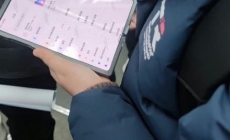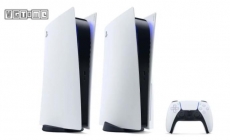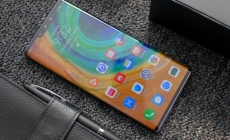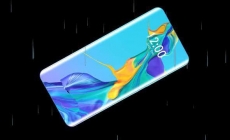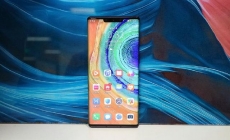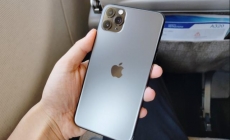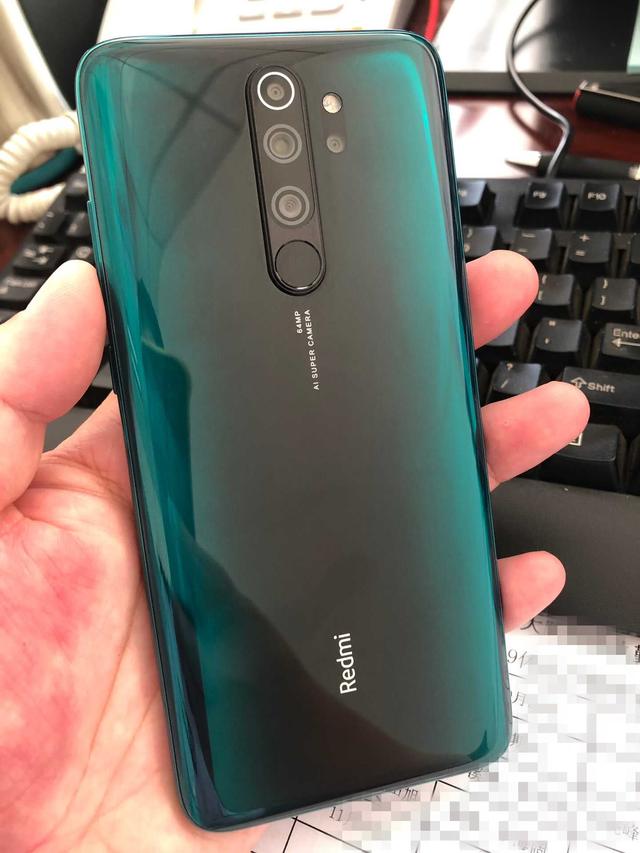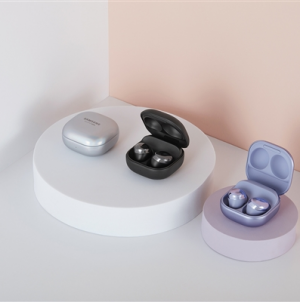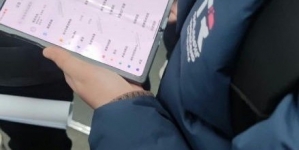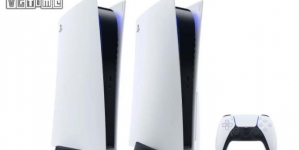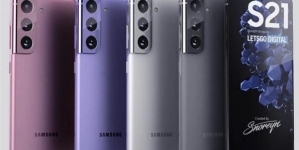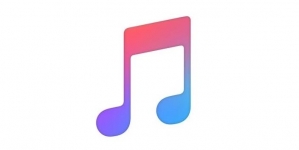-
Samsung Buds Pro wireless noise canceling headphones released: 28 hours of battery life - January 16, 2021
-
Mi 8-inch folding screen real machine spy photos overlap: internal folding design, equipped with 100 million pixel camera or debut in spring - January 16, 2021
-
New member of the four-second club, Lynk & Co’s ZERO concept production car starts dynamic testing - December 12, 2020
-
Spike 99% of the models Tesla concept bikes exposed! - December 12, 2020
-
PS5 becomes the first console in the United States with the highest monthly sales and sales - December 12, 2020
-
Samsung will launch a special protective case to support S21 Ultra to accommodate S Pen - December 12, 2020
-
iOS14.3 will be released soon, Apple Music will support album artwork animation - December 12, 2020
-
The peak of the work, four camera like the emperor: Mate 30 PRO out of the box - October 8, 2019
-
Huawei P40 design is more radical, rear five-shot lens, 100 million pixels impact DxO list? - October 8, 2019
-
Apple broke 100 million in a minute, Huawei broke 500 million in one minute, but Mate30 lost to iPhone11. - October 8, 2019
Apple plans to conduct 5G Internet testing in Cupertino
Apple plans to test next-generation wireless Internet technology near its California headquarters, based on an experimental application signed by the iPhone manufacturer today and disclosed by the FCC. The application, available from Business Insider, details Apple’s plans to test the speed of 5G Internet, which can only be achieved with millimeter wave technology or mmWave. This is the same technology that Internet startup Starry uses to try to provide gigabit Wi-Fi to the home.

According to BI, “Apple is trying to use this spectrum to evaluate the performance of cellular links in direct path and multipath environments between base station transmitters and receivers.” “These assessments will provide equipment for operation on future 5G networks with wireless carriers.” Related engineering data.”
Although 5G is still a somewhat vague concept, because standards organizations have not officially classified them, LTE’s successors are widely understood to be able to rely on the gigabit speed of mmWave technology. Since mmWave transmits data at higher frequencies, it transmits smaller wavelengths between 30 GHz and 300 GHz, so this technology can reduce latency and expand data transmission capacity. It also offers the possibility to reduce the size of the antenna and package a more powerful multi-band antenna into a single device.
In general, the Internet we are talking about is several orders of magnitude faster than standard LTE. Of course, mmWave has a lot of technical challenges to solve, mainly because the signal is difficult to travel long distances and through many surface materials, including glass. Still, Apple seems to be planning to test the technology itself:
Apple plans to ship from two fixed points in the Apple control facility in Cupertino and Milpitas, California. These transmissions will be consistent with the parameters and equipment identified in Table 442 that comes with Apple and will include the use of a horn antenna with a 20 degree half power beamwidth in the E and H planes and a downtilt angle between 20 degrees – 25 degrees. . Apple expects it to conduct experiments for no more than 12 months.
Apple will only deal with the hardware aspects of the tests related to the new iPhone build – maybe the company is also looking for a different smartphone modem provider because of its ongoing legal dispute with Qualcomm. On the other hand, before your next smartphone runs the new logo in the upper left corner, it still needs to do a lot of network infrastructure work on behalf of telecommunications, chipmakers and standards organizations. This may not happen in another two or three years.
AT&T, Verizon, Sprint and T-Mobile both announced plans to start testing a faster version of 4G LTE. In theory, this should help lay the foundation for a true 5G in the future. On the chip side, Samsung, Qualcomm and Intel both announced new hardware to support 5G speed, and the telecom standards organization 3GPP is working hard to release the first batch of official 5G standards in the second half of 2017, and conduct comprehensive testing and deployment.

